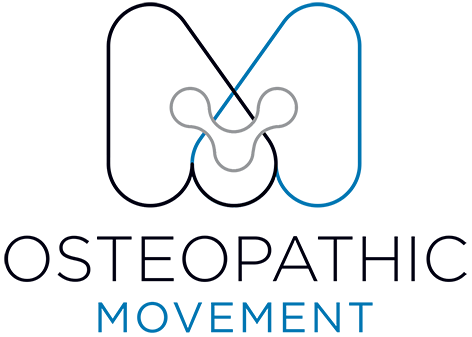Osteopathy's Role in Modern Life
Modern life has brought about numerous conveniences, but it has also introduced a host of musculoskeletal challenges that affect our bodies in ways our ancestors never experienced. The prevalence of musculoskeletal pain, tissue tightness, and dysfunction among modern humans can be attributed to several key factors.
One primary factor is our increasingly sedentary lifestyle. Many people spend long hours hunched over desks, staring at screens, which often leads to poor posture, muscle imbalances, and stiffness. This departure from natural human activities, such as climbing, floor sitting, and other varied movements, contributes to a lack of flexibility and overall musculoskeletal health.
Our bodies are designed for movement and functional diversity. However, our modern environment often limits us to repetitive, limited ranges of motion. This lack of variety in daily activities can lead to the weakening of certain muscle groups and the overuse of others, causing imbalances that result in pain and discomfort.
Visiting an osteopath can be a highly effective solution. Osteopaths are trained to assess, diagnose, and treat musculoskeletal issues. They use a holistic approach, addressing not only the symptoms but also the root causes of pain and dysfunction. Furthermore, osteopaths provide exercise rehabilitation tailored to your specific needs, helping to improve posture, flexibility, and overall musculoskeletal health.
Incorporating osteopathic care into your wellness routine can be a pivotal step towards regaining your body's natural function and minimising musculoskeletal discomfort. It's a proactive approach that can lead to a healthier and more pain-free life.
